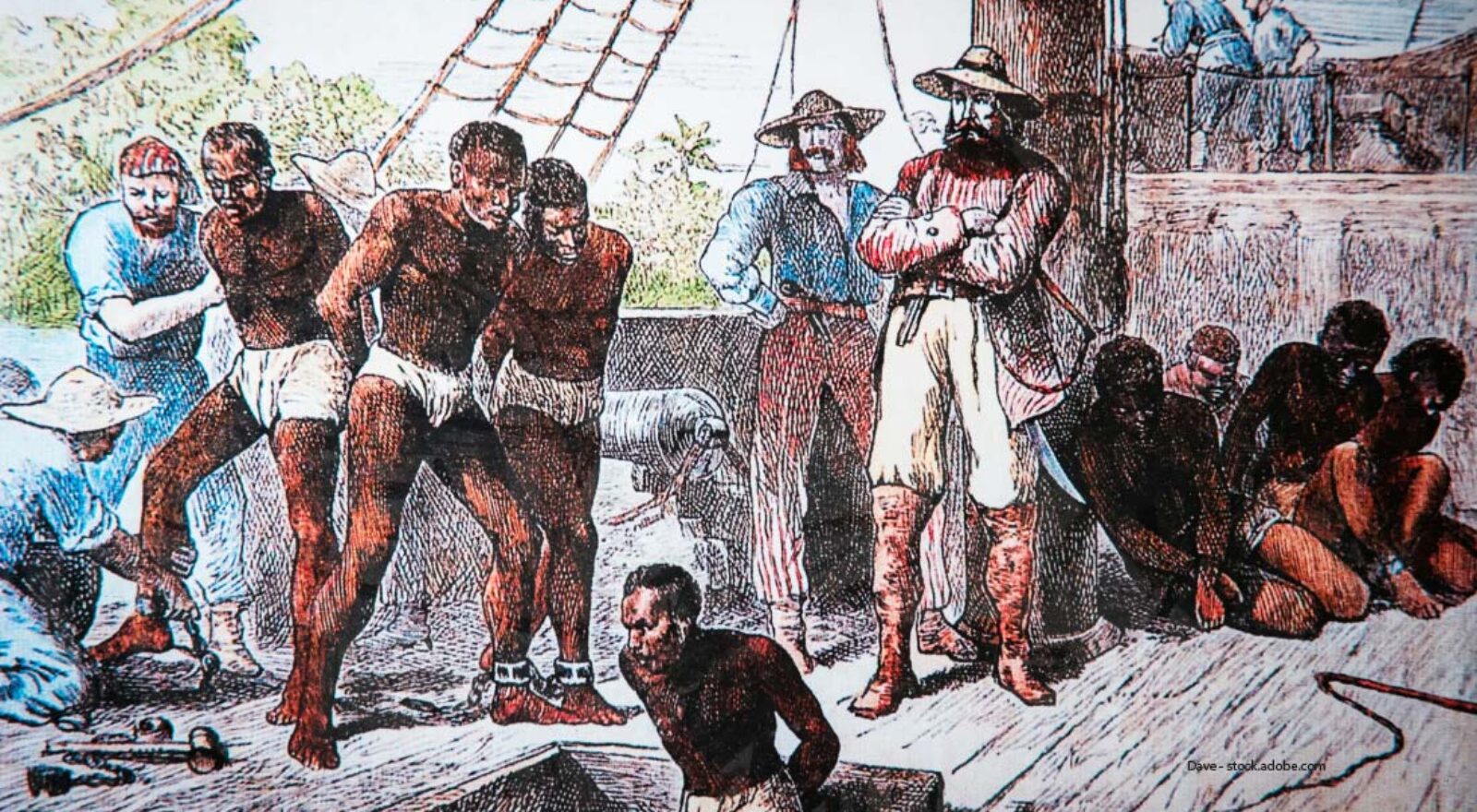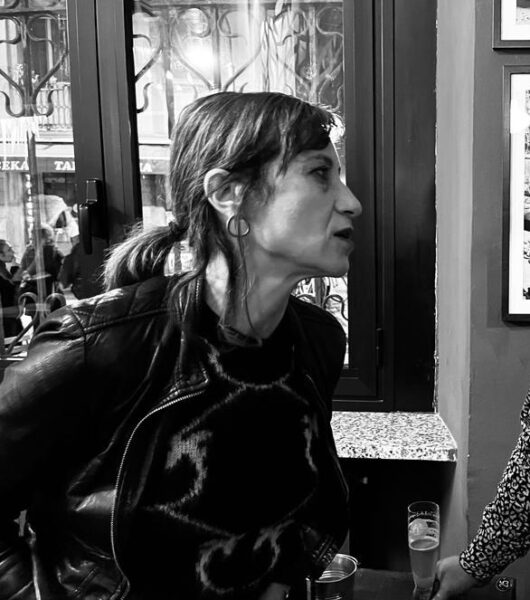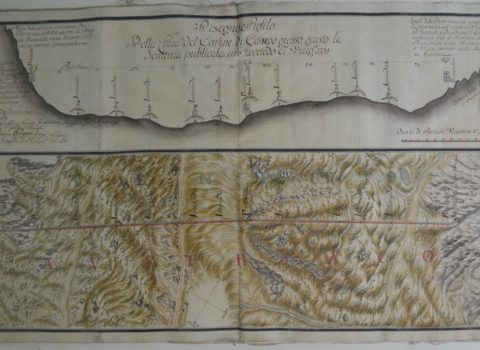
Italy and Atlantic Slavery: A history erased
Federica Morelli previews the research directions of BlackItaly
For a long time, it was widely believed that the inhabitants of the Italian peninsula played only a marginal role in the history of Atlantic slavery. The early modern Italian states, lacking direct colonies, appeared detached from the dynamics of the transoceanic trade in human beings. The few Italian merchants involved were seen as minor figures compared to the powerful foreign slave-trading companies. This conventional narrative fostered the notion that Atlantic slavery had little to no impact on the peninsula—a belief with lasting consequences, particularly in how racial issues are approached today.
The BlackItaly project, led by Federica Morelli and hosted at the Istituto Storico Italo-Germanico of Fondazione Bruno Kessler, seeks to fundamentally challenge and revise this perspective. It aims to uncover the deep connections between Italy and the Atlantic slave system from the late fifteenth century—when African slaves first arrived in Europe via Atlantic routes—through to the nineteenth century, during the height of abolitionist debates. By investigating the roles played by Italian merchants, bankers, and investors, recovering the stories of enslaved Africans who lived in Italian cities, and analyzing the pro- and anti-slavery discourses circulating in the peninsula, BlackItaly situates Italy within a broader global context.
The project’s goal is to demonstrate that the racial categories developed in the modern era stem from a longstanding historical process tied to the Atlantic world—not merely from Italy’s colonial ventures in Africa or the fascist period. In this interview, Federica Morelli—who will lead a multidisciplinary team of scholars at FBK-ISIG—outlines the contours of this neglected history and the research horizons of BlackItaly. The project will engage researchers with diverse expertise, tasked with giving voice to the forgotten individuals at the heart of this story and forging new connections between the Italian peninsula and the global history of slavery.





